After looking at the layout designs that I preferred I decided that these were the styles in which I wanted to make my publication, keeping it minimal and varying focal points on the page between image and type.
I chose to base it on Post-modernist design, focusing on Post-modernist cinema, a category which includes some of my favourite films.
Post-modern films are designed to go against previous conventions of films, the characters and structure of the films subvert films that are considered more mainstream. They tend to do the opposite to more typical portrayals of race, gender and time. Post-modernist film falls into several categories:
- Pastiche - quite controversial and tongue-in-cheek
- Flattening of Affect - focuses on technology, drugs, violence and their ability to affect peoples lives, sometimes making them seem emotionless
- Hyperreality - Realities created showing advance in technology
- Time-bending - has either a time travel or 'what if' theme
- More Human than Human - something that will change or replace humanity - robots or artificial intelligence.
Examples of post-modern films and directors:
Coen Brothers
Fargo
The Big Lebowski
No Country For Old Men
True Grit
Quentin Tarantino:
Reservoir Dogs
Pulp Fiction
Jackie Brown
Kill Bill Vol. I and II
Inglorious Basterds
Django Unchained
Wes Anderson
Fantastic Mr Fox
The Darleeging Limited
Christopher Nolan
Memento
Inception
Batman Trilogy
David Fincher
Fight Club
Seven
The Curious Case Of Benjamin Button
The Social Network
The Girl With The Dragon Tattoo
Other Directors
Sin City - Robert Rodriguez
Fear And Loathing In Las Vegas - Martin Scorsese
Donnie Darko - Richard Kelly
American Psycho - Mary Harron
A Clockwork Orange - Stanley Kubrick
Midnight in Paris - Woody Allen
The Usual Suspects - Bryan Singer
Drive - Nicholas Winding Refn
American Beauty - Sam Mendes
Shutter Island - Martin Scorsese

















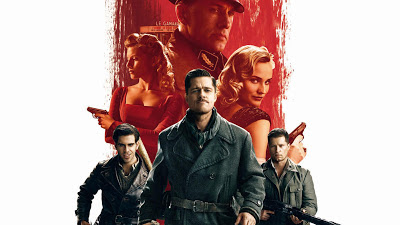

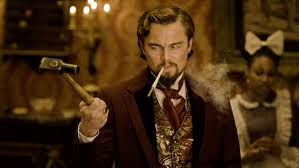















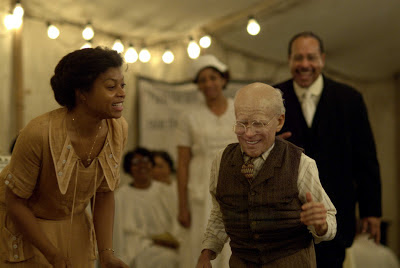













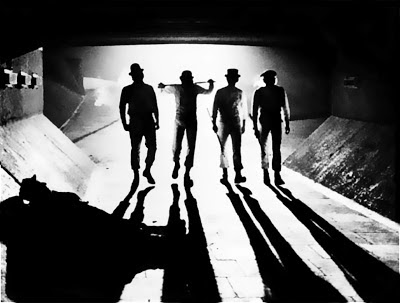




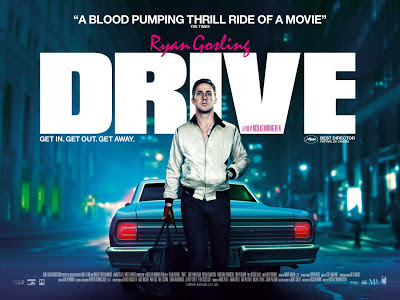




.jpeg)